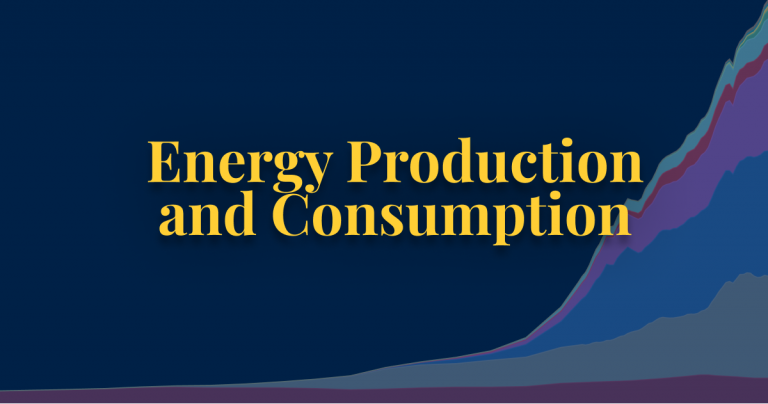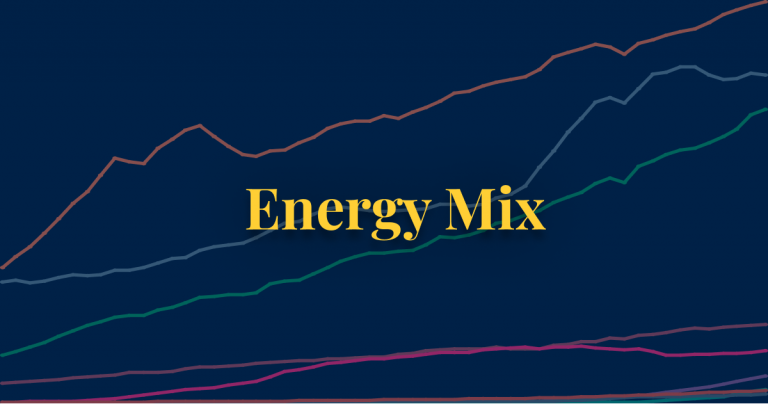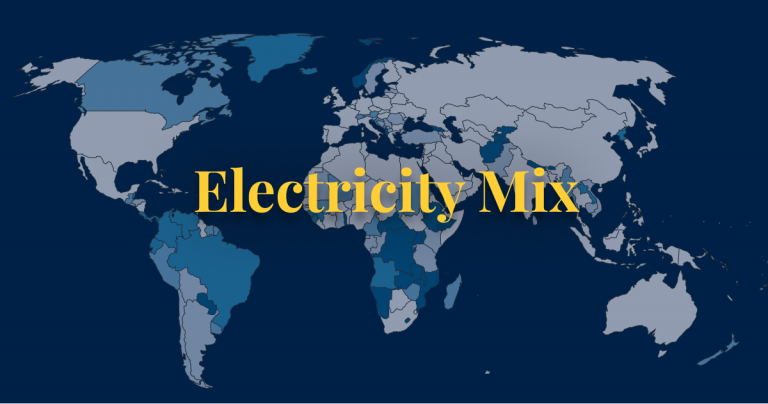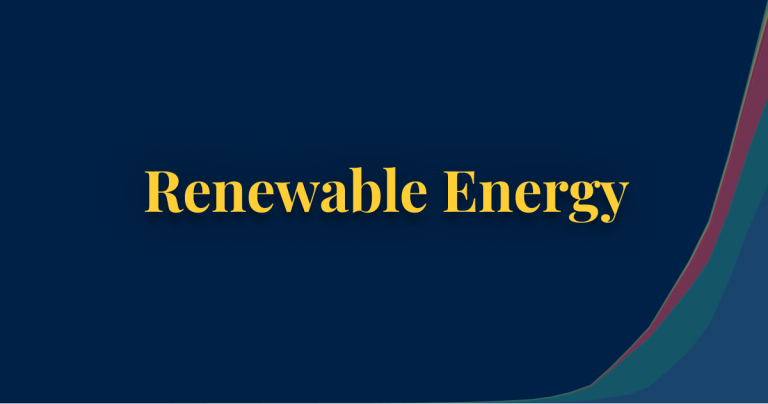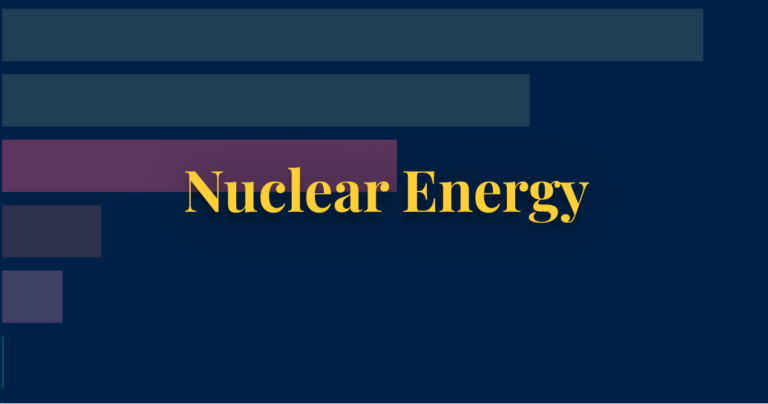Billions still lack access to safe energy
940 million people – 13% of the world – do not have access to electricity
In the interactive chart shown we see the number of people in the world who do not have access to an electricity source at home. Nearly one billion people – more than 1-in-10 – did not have access in the latest data.
3 billion people – 40% of the world – do not have access to clean fuels for cooking
The number of people without access to clean fuels and technologies for cooking is higher still. Three billion people – around 40% of the world – do not have access.
This comes at a large health cost: when people do not have clean cooking fuels they burn solid fuels such as charcoal, wood, and crop residues. This results in indoor air pollution which results in at least 1.6 million premature deaths each year.
Fossil fuels are the largest source of CO2 emissions
Burning fossil fuels – coal, oil and gas – emit carbon dioxide (CO2). Fossil fuels are the largest source of global CO2 emissions.
In the shown we see the amount of CO2 emitted each year from different fuel sources. Emissions from fossil fuels continue to increase as we burn more each year for energy.
Climate change is driven by our CO2 emissions plus emissions of other greenhouse gases such as methane and nitrous oxide. Energy accounts for around three-quarters of total greenhouse gas emissions – the other quarter coming from agriculture and land-use change.
To reduce global emissions it’s essential that we shift our energy systems away from fossil fuels towards low-carbon sources of energy.
Global energy consumption is still rising
Energy consumption tends to rise when people get richer and population increases. This can be partially offset by improvements in energy intensity – the amount of energy consumed per dollar (per unit of GDP).
Global energy consumption is still on the rise. In fact, when we look at data over the past half century, there are only a handful of years where energy consumption did not increase – 2009, the year following the financial crisis, being a key one.
Increased availability of energy is important for raising the living standards of many across the world. But it also makes the transition to low-carbon energy systems more challenging: additions of clean energy have to outpace this growth in demand and displace fossil fuels already in the energy mix.
More than 80% of our energy still comes from fossil fuels
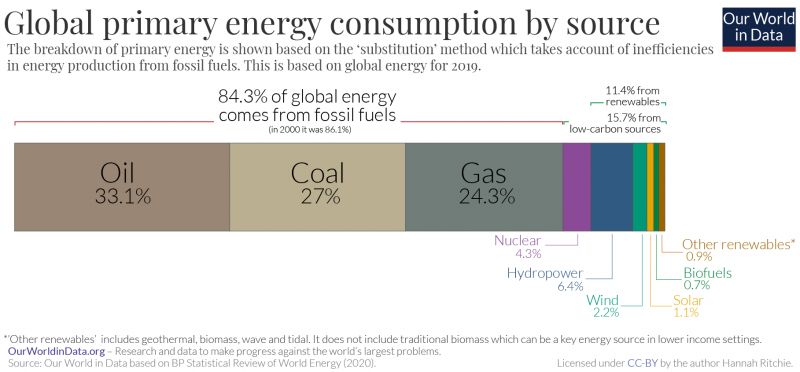
Since three-quarters of global greenhouse gases come from energy – the burning of coal, oil and gas – we need to rapidly transition away from them to low-carbon sources.
Whilst we continue to add more renewables, the majority of the world’s energy still comes from fossil fuels. In 2019, 84% of it.
This is shown in the chart which gives a breakdown of the global energy mix by source. Low-carbon energy accounted for only 16% – around 11% from renewables and just over 4% from nuclear energy.
Low-carbon energy’s share in the energy mix is increasing very slowly
The global energy supply is still dominated by fossil fuels. But if this was shifting quickly, we might have case for optimism.
Is this transition happening? And how quickly?
The share of energy we get from low-carbon sources is increasing. This is good news. But unfortunately this is progress is slow.
In the interactive chart we see the breakdown of the global energy mix between fossil fuels and low-carbon energy (which is the sum of nuclear and renewables). From 1970 to 2000, the low-carbon share more than doubled from 6% to 13%. But since the millennium, progress has been slower: in two decades it has increased by only 3 percentage points.
In line with our analysis on CO2 and Greenhouse Gas Emissions, the question is less “are we making progress?” but rather “are we making progress fast enough?”. In the context of meeting the targets laid out in the Paris Climate Agreement to limit average global temperature rise to 2°C, the answer to the latter question is, no.
We consume more fossil fuels every year – this is what ultimately matters for climate
Whilst we often focus on the share of energy that comes from fossil fuels versus low-carbon energy, it’s really the absolute consumption of fossil fuels that determines real progress.
CO2 is produced when we burn fossil fuels, therefore the key marker of progress is whether we’re burning more or less of them than the previous year.
Unfortunately, we continue to burn more fossil fuels each year. This is shown in the chart which measures the change in primary energy consumption by source each year. A positive figure means we consumed more energy from that source than the previous year; a negative number means consumption declined.
Collectively, our consumption of fossil fuels is still growing. This means CO2 emissions from energy are also still rising.
Some countries get more than half of their energy from low-carbon sources
The global energy mix may be dominated by fossil fuels, but this is not true everywhere. Some countries have much lower-carbon energy systems: this gives us some insights into what is possible.
In the interactive chart we see the share of energy that comes from low-carbon energy across the world.
A handful of countries get around half or more of their energy from nuclear and renewables. In Iceland this share is around 80%; in Norway and Sweden it’s close to 70%; around 50% in France; and just over 40% in Finland. All of these countries get a significant share of their energy from nuclear power and/or hydropower.
Energy transitions have, historically, been slow. But these countries show what is possible with more traditional energy technologies; with the added potential of solar and wind, there is room for these shifts to be even quicker.
Low-carbon sources have a higher share in our electricity mix
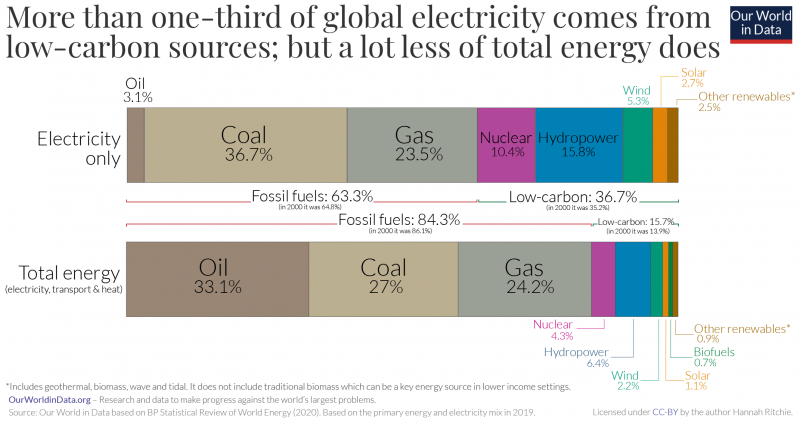
One of the reasons that the energy mix is so dominated by fossil fuels is that transport and heating are often harder to decarbonize that electricity. Transport relies heavily on oil; and heating on gas. There are fewer energy options available to substitute in these sectors.
In the electricity system, however, we have more options: nuclear power, hydropower, wind, and solar. This means the electricity mix tends to have a higher share of low-carbon sources.
This comparison is shown in the chart: in 2019, just over one-third of global electricity came from nuclear or renewables [more than double the share in the total energy mix, at 16%].
This provides one important pathway for progress: if we can shift some activities towards electricity we may see greater progress on decarbonization. One example of this is electric vehicles: if we can shift oil-dependent transport to electrification then we have more options for powering them in a low-carbon way. This will, however, require massive increases in nuclear and renewable generation to make up for rising demand for electricity.
Rapidly increase generation of low-carbon electricity
To achieve this we have several options:
- Renewable energy technologies
→ Explore our work on renewable energy. - Nuclear energy
→ Explore our work on nuclear energy. - Shift from coal to gas (which emits less CO2 per unit energy) as an interim step
→ Explore our work on fossil fuels.
Shift sectors such as transport, towards electricity
Some energy sectors are harder to decarbonize – for example, transport. We therefore need to shift these forms towards electricity where we have viable low-carbon technologies.
Develop low-cost low-carbon energy and battery technologies
To do this quickly, and allow lower-income countries to avoid high-carbon development pathways, low-carbon energy needs to be cost-effective and the default choice.
Improve energy efficiency – energy per unit GDP
→ Explore our data on energy intensity.




